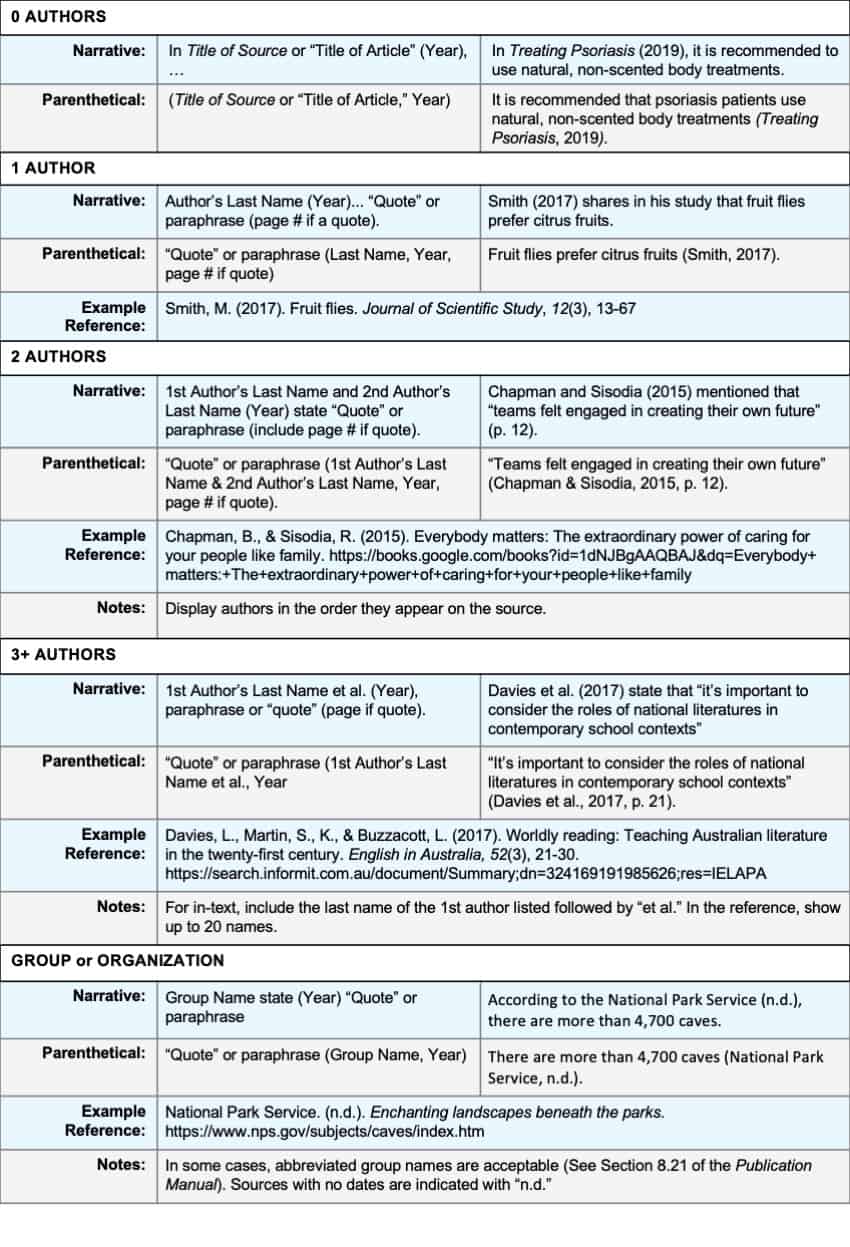

Title of the website, project, or book in italics.Author and/or editor names (if available) last names first.However, collect as much of the following information as possible: Not every web page will provide all of the following information. Here are some common features you should try to find before citing electronic sources in MLA style. Basic Style for Citations of Electronic Sources (Including Online Databases) would be used for a span of two or more paragraphs. would be used for a single paragraph, while pars. If page numbers are not available, use par. Abbreviations Commonly Used with Electronic Sources If you can find a, use that instead of a URL. Look for a “share” or “cite this” button to see if a source includes a. Online newspapers and magazines sometimes include a “,” which is a shortened, stable version of a URL. If a DOI is available, cite the DOI number instead of the URL. However, MLA only requires the Many scholarly journal articles found in databases include a DOI (digital object identifier). Because web addresses are not static (i.e., they change often) and because documents sometimes appear in multiple places on the web (e.g., on multiple databases), MLA encourages the use of citing containers such as Youtube, JSTOR, Spotify, or Netflix in order to easily access and verify sources. Include a URL or web address to help readers locate your sources. It is not required to do so, but it is encouraged (especially when there is no copyright date listed on a website). MLA uses the phrase, “Accessed” to denote which date you accessed the web page when available or necessary. It is also wise to keep a record of when you first consult with each online source. You can also use the Bookmark function in your web browser in order to build an easy-to-access reference for all of your project's sources (though this will not help you if the information is changed or deleted). Downloading or even printing key documents ensures you have a stable backup. Best Practices for Managing Online Sourcesīecause online information can change or disappear, it is always a good idea to keep personal copies of important electronic information whenever possible. However, this guide will highlight a few concerns when citing digital sources in MLA style. Thus, by using this methodology, a writer will be able to cite any source regardless of whether it’s included in this list. and then assort them in a general format. Essentially, a writer will need to take note of primary elements in every source, such as author, title, etc. The MLA Handbook highlights principles over prescriptive practices. This resource, updated to reflect the MLA Handbook (9 th ed.), offers examples for the general format of MLA research papers, in-text citations, endnotes/footnotes, and the Works Cited page. MLA (Modern Language Association) style is most commonly used to write papers and cite sources within the liberal arts and humanities.


 0 kommentar(er)
0 kommentar(er)
